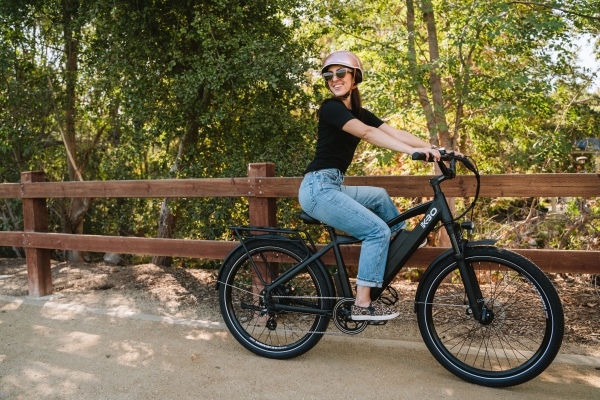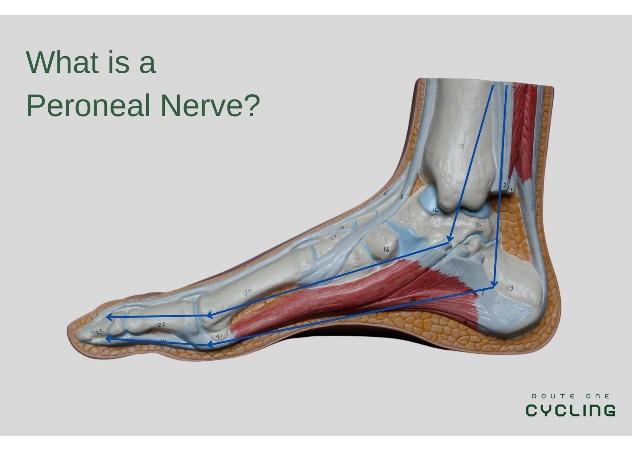How to treat knee pain from cycling
There are two reasons why you’re dealing with knee pain from cycling. It’s important to know how to treat knee pain from cycling because it’s the only performance inhibitor in the sport.
Unlike running, you don’t get overuse injuries often, though when it happens, it can feel very frustrating to treat.
There are two reasons why you are feeling knee pain from cycling and it is important to understand which they are so that you treat the pain correctly.
The first reason why you may be feeling knee pain from cycling is based off of overuse. This is rare but it does happen – and is one of the only overuse injuries that you can experience in comparison to running, or soccer or other sports.
An overuse injury from cycling is rare, so it may be more of a shock to your system from a sudden increase in mile-age. Regardless, both can be treated in a similar fashion.
The second, and far more likely is a result of your bicycle fitting. It is always useful in this case to look at our guide for bicycle fittings, and make sure that you and your bicycle are in alignment.
You will learn about how to solve both of these problems in this post.
How to treat knee pain from cycling
The two ways to treat knee pain from cycling and injuries in the knee is to make sure you have the correct bicycle fit and if that is all correct, then make sure that you are not putting your body into shock or overuse.
This means that you should have an understanding of proper bicycle and cleat positioning. And also know what to do when suffering an overuse injury. We will go into more detail further below on both items.
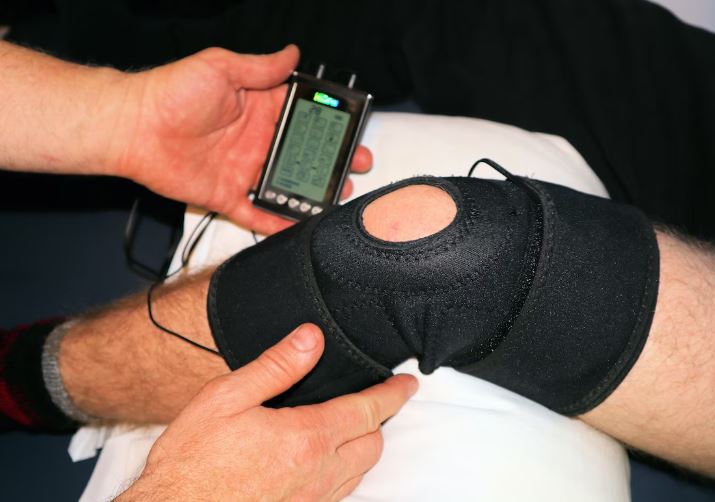

Bicycle Fit
Bicycle fit is the most important aspect for a cyclist to have a comfortable ride, ride far and ride long. As long as the bicycle is fit, many problems will be avoided like leg pain after riding, muscle tightness, higher states of fatigue, numbness in various parts of the body, and knee pain.
If these are all taken care of, only then should you look to believe that you are dealing with an overuse injury. As a cyclist, the majority of the fixes to an overuse injury that will be listed should be done over time with training as preventative measures.
What is most important regarding knee pain and bicycle fit is:
- Cleat positioning: Ensure that your cleat position is good for your body. Typically you will want to position the cleat further back than what your setting is currently. This will transfer force from the front of the knee and muscles to the hamstring to create a balanced pedal stroke.
- What is the angle of your knee: At the downstroke of the pedal, the knee should be as close to straight as possible. This allows the entire leg to use all of the muscle in the body and allows the knee to be utilized to its full amount. This allows the tendons and muscles to be stretched in a full range of motion to keep the tissues healthy and not tightened.
- Look at the tilt of your bicycle seat: Does your bicycle seat allow the leg to comfortably press all the way down without your pelvic floor rubbing against the side of the saddle? If the pelvic floor is rubbing against the side of the saddle, then this will cause alignment issues in the knee (and prohibit strengthening in that area)
What is an overuse injury?
You will get overuse injuries many times when you are running (or even walking) or playing other sports with high impact. In cycling, overuse injuries tend to be rare – and if you are doing the preventative measures needed such as a good cool down an warm up, overuse injuries in cycling can become non-existent.
An overuse injury occurs when the ligaments are being pushed to their limit and not strong enough in that area from cycling causing a form of weakening in the system. This can be in the form of a tear, inflammation, or strain.
The way to fix almost any overuse injury is very similar to others.
- Brace the area: the purpose is to keep the muscles from flexing more and causing more inflammation. In relation to knee pain from cycling, this will more than likely not be needed. There are light braces and compressions which are useful to take some pressure off of the knee.
- Ice the area: Ice the knee for 10-15 minutes 3 times a week to decrease inflammation and to help the tissues and tendons repair.
- Massage the area with Shae butter: There are many reasons why Shae Butter has become the most well known natural healing product. With Anti-inflammatory properties, anti-pain properties and a gentle calming smell, Shae butter massages help any bodily repair and are magic on the knees.
- Minimize impact sports: It’s important to minimize the amount of other impact sports that you are doing that can put your body out of alignment. There are many sports that if you jump into them after cycling for years will cause you pain – such as soccer, or moving back into endurance running after a multi-year hiatus.
- Warm up and Cool down: It’s important that you cool down and warm up to help your body not going into shock and bring on inflammation when you are riding hard. A good warm up allows the muscles to activate at the correct time and know when to turn on when your ride truly begins.
- NSAID’s: NSAID’s (Nonsteroidal Anti-Inflammatory Drugs) such as aspirin, ibuprofen (Advil) should be taken initial to decrease the initial amount of inflammation caused from knee pain in cycling. The other reason why an NSAID should be taken is if the pain or inflammation in the knee is so great the other options listed above are not helping.
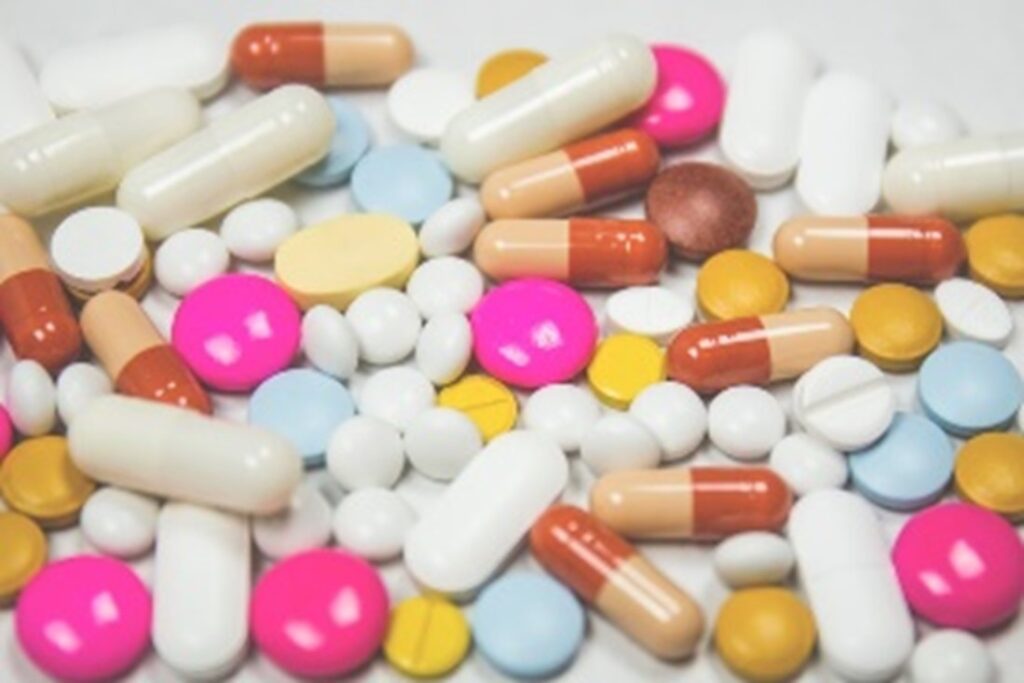

Note: Tylenol/Acetaminophen is not an NSAID. Tylenol interacts with the nervous system to decrease perceived pain and does not decrease overall inflammation.
Conclusion
When you are dealing with knee pain from cycling, it can be a real drag. Make sure that you are doing all of the preventative measures that you can so that you can ride pain free. If you have any thoughts or other ways that you personally treat your knee pain, please leave a comment below.

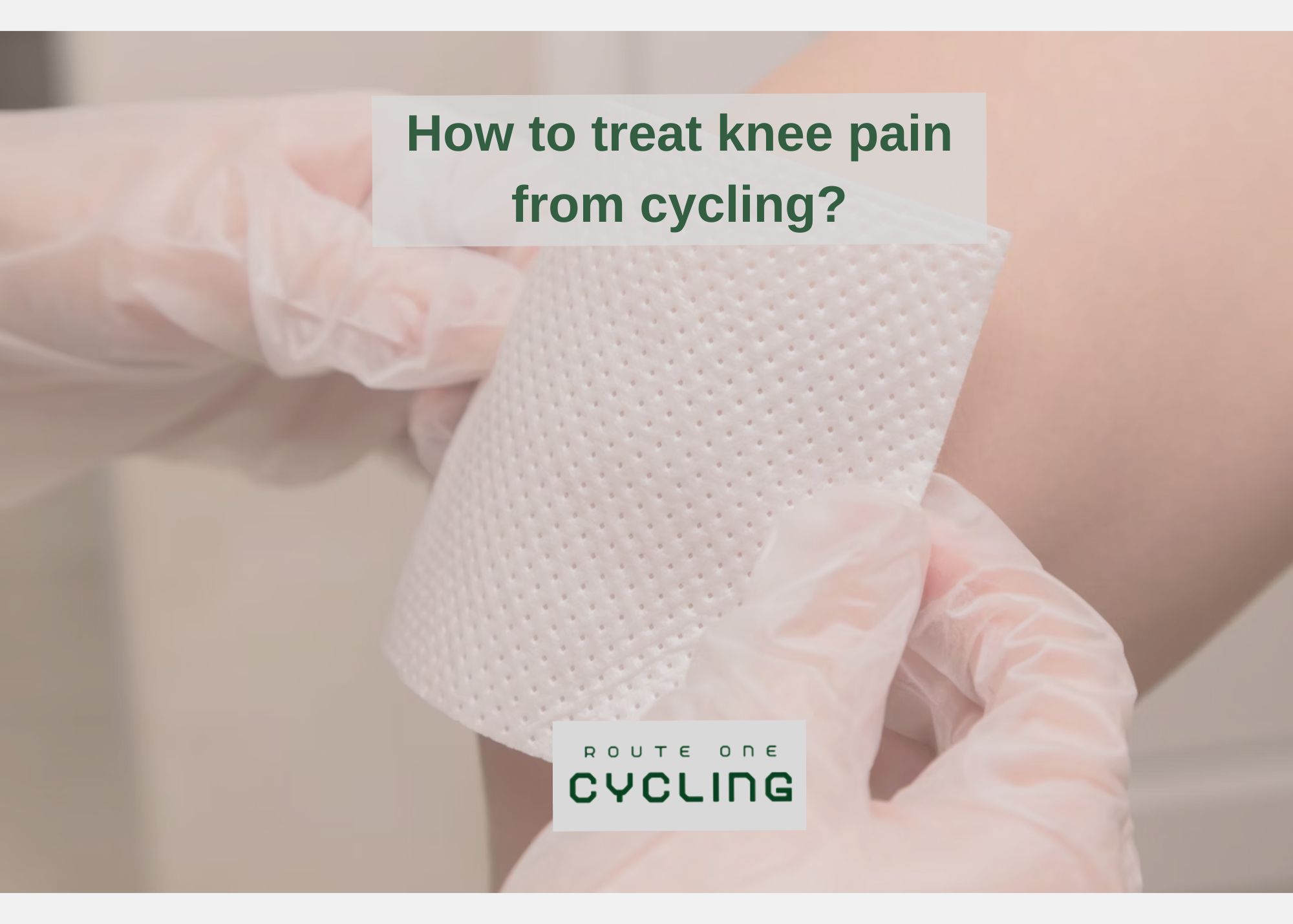
![Does Cycling Strengthen Knee Ligaments? [Read before cycling with bad knees]](https://routeonecycling.com/wp-content/uploads/2023/03/doescyclingstrengthenkneeligaments1-768x549.jpeg)
![Can I ride a bike with Posterior Tibial Tendonitis? [Hot Foot Syndrome Pain and Anti-Inflammation Guide]](https://routeonecycling.com/wp-content/uploads/2023/04/18-768x548.png)
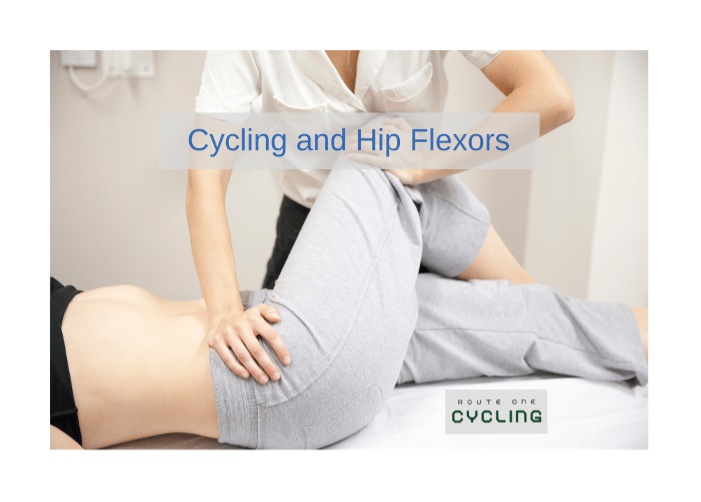
![Is stationary cycling good for sciatica? [How I cured my sciatica pain]](https://routeonecycling.com/wp-content/uploads/2023/03/is-stationary-cycling-good-for-sciatica1.jpeg)
